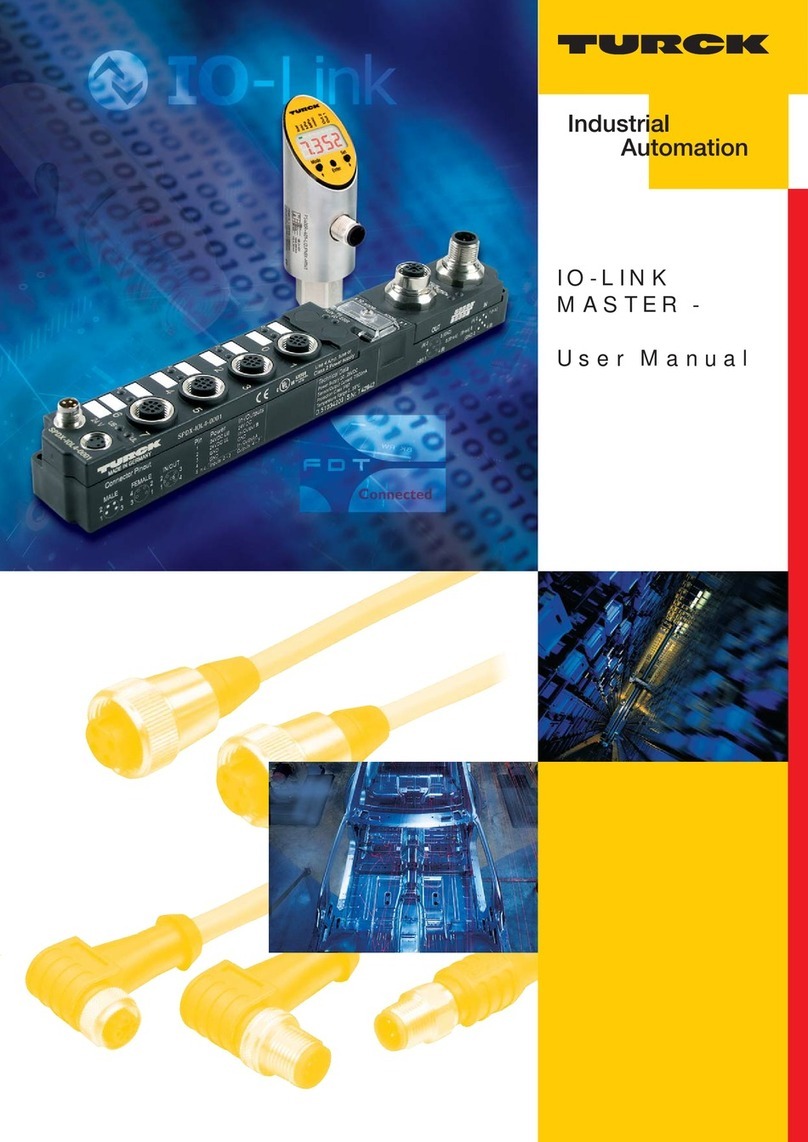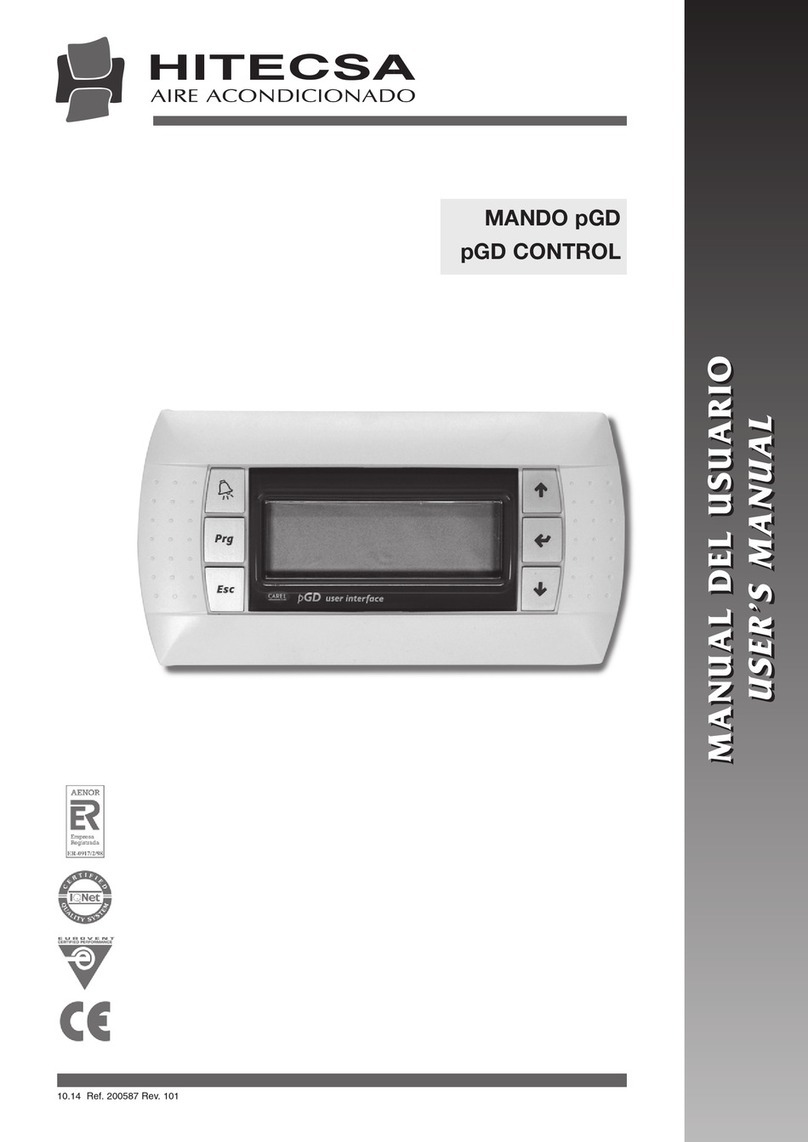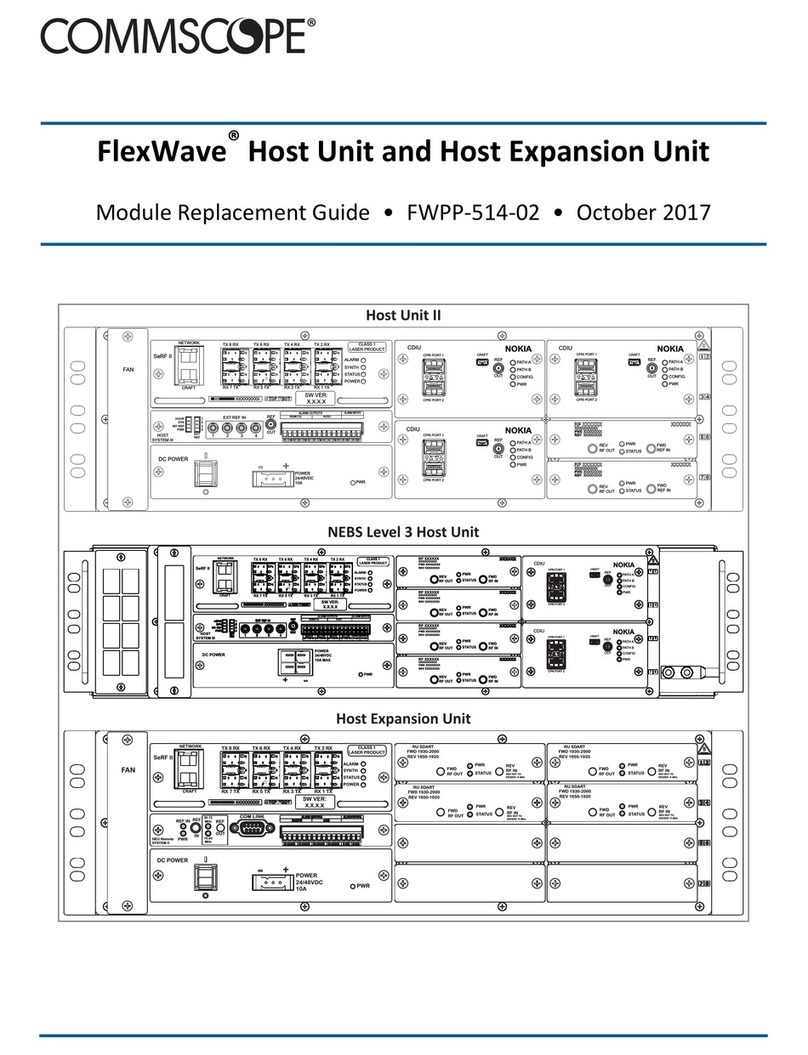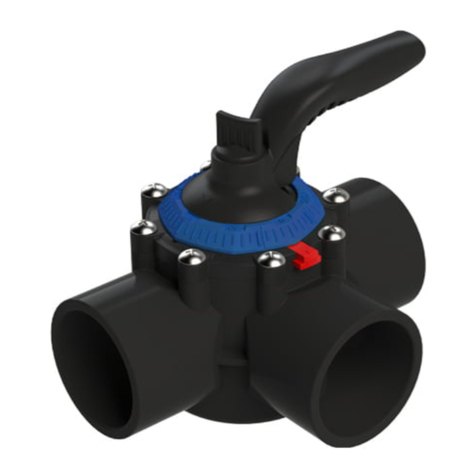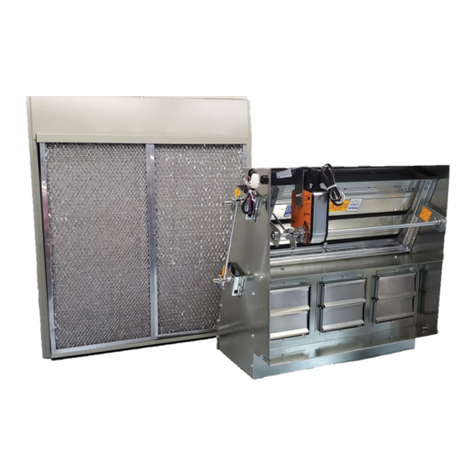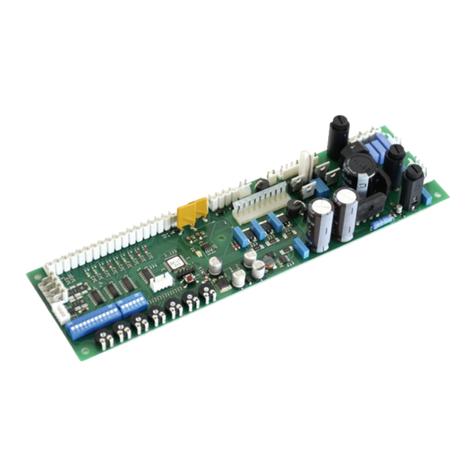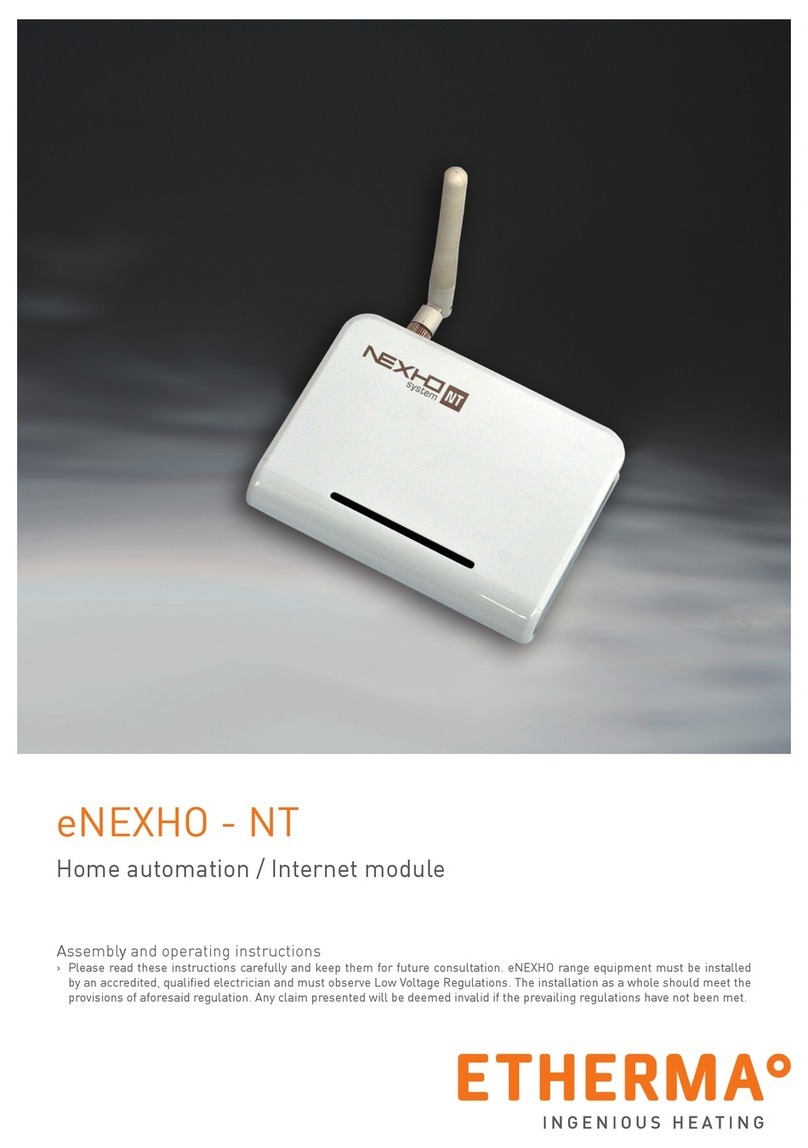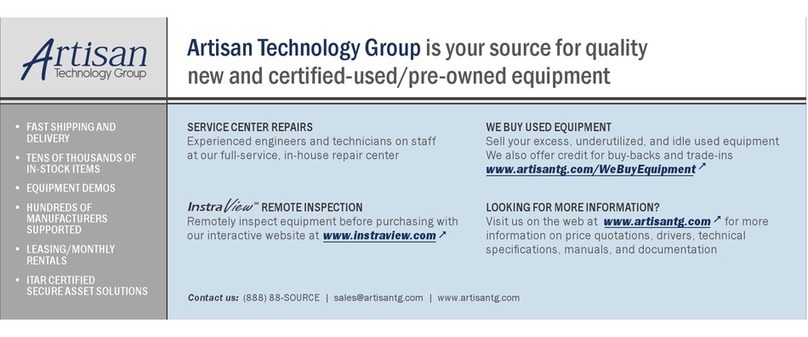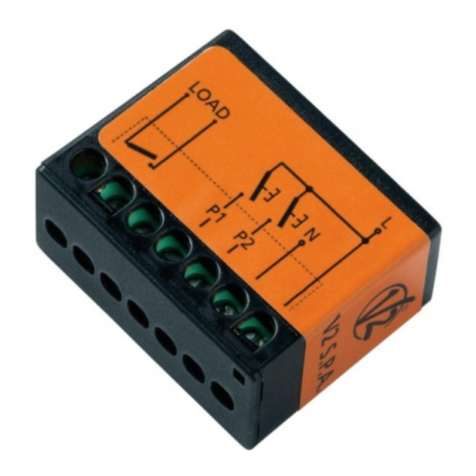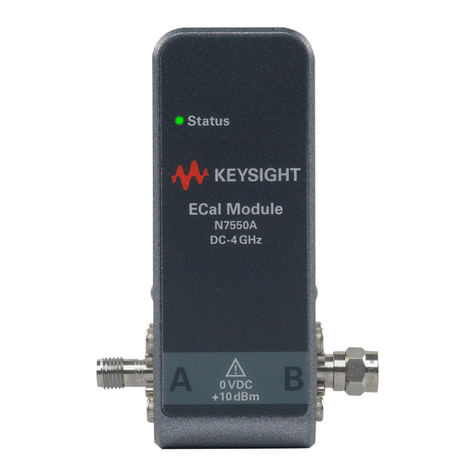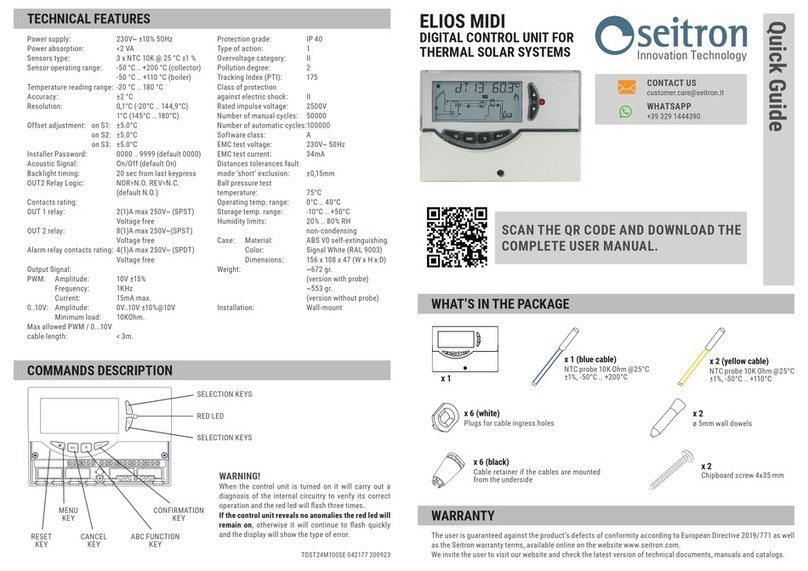Eurener PEPV Series User manual

www.eurenergroup.com
Please read this manual carefully before installation and keep it for future
reference.
INTRODUCTION
» Polycrystaline and Monocrystaline Eurener Photovoltaic (PEPV/MEPV) modules consist of crystalline silicon solar
cells, high transmission and low iron toughened glass, anti-aging EVA and high flame resistant back sheet and
anodized aluminum alloy frame.
» PEPV/MEPV modules are qualified for national standard IEC 61215.2 and IEC 61730, which have passed
examination of the authorized test center. The manufacturer modules can be used in roof solar systems, PV stations,
communication stations, petrol, ocean, meteorological, traffic and PV buildings etc.
» We are committed to providing technical and installation support for our customers worldwide.
» This Installation Manual is applicable to the installation of the following PEPV/MEPV modules:
MEPV***/ MEPV***-B
PEPV*** / PEPV***-B
Notes: 1. MEPV*** and PEPV*** is used here as an example.
2.“***” is the rated power of the related manufacturer module.
» This manual contains important information regarding the installation, safe handling and maintenance of PV modules
made by the manufacturer.
» All instructions should be read and understood prior to installing the modules. The installer should conform to all
requirements in this manual. The appropriate local standards and regulations, construction rules and safety
instructions should also be followed during installation. All work on a PV system must be carried out by appropriately
qualified engineers, who must be familiar with the mechanical and electrical requirements for such a PV system.
DISCLAIMER OF LIABILITY
» The installation, handling and use of PEPV/MEPV modules are beyond company control. Therefore, the manufacturer
assumes no responsibility for loss, damage, injury or expense resulting from improper installation, handling, use or
maintenance.
» The manufacturer reserves the right to update the product, specifications or this Installation Manual without prior
notice.
1) CERTIFICATES REQUESTS
1.1) IEC 61730
» EURENER modules are designed to fulfill the criteria of Application class A requirements according to IEC 61730-1.
» Modules rated for use in application class A may be used in systems operating at greater than 50V DC or 240W,
where general contact access is anticipated. Modules qualified for safety through IEC 61730-1 and IEC 61730-2 within
application class A are considered to meet the requirements for safety class
2) INSTALLATION REQUIREMENTS
2.1) INSTALLATION ENVIRONMENT REQUIREMENTS
Avoid shading:
» Even if the smallest local shelter/shadow (such as dust deposition) will also decrease the output power.

www.eurenergroup.com
Adequate ventilation:
» High temperature of the module may reduce the performance and output power of the module. Good ventilation can
effectively avoid the overheating of PV modules.
Others:
» It is not recommended install the module near inflammable gas (such as gas station, gas tank etc.)
» Do not install the module near naked flame or flammable
materials.
» It is not recommended install the module in a location with potential for extreme sand and dust damage.
» It is not recommended install the module in a location with extreme air pollution, such as chemical vapors, acid rain,
and/or soot.
» Do not expose the module to a laser source.
» Do not install the module in a location with extreme hail and/or snow.
» Do not install the module in a location where it could be immersed in water or continually exposed to water from a
sprinkler or fountain.
» It is not recommended install the module in a marine environment and/or area where salty wind hit directly. It is
recommended that the module be installed at least 500m from the sea.
» Environment temperature -20°C to 40°C.
» Operating temperature -40°C to 85°C.
2.2) ORIENTATION AND TILT FOR MODULES INSTALLATION
» Solar modules produce the max power when they are pointed directly at the sun. In order to achieve maximum
annual yield, optimum orientation and tilt of PV modules is necessary. The modules, which connected in a system, must
be in same orientation and tilt; otherwise, it will lose the power because of the differences of sunshine radiation.
» The modules must be facing the north in the south hemisphere, and facing south in north hemisphere.
» For off-grid installations where the PEPV/MEPV modules are attached to a permanently structure, the modules
should be titled for optimum winter performance. As a rule, if the system power production is adequate in winter, it will
be satisfactory during the rest of the year. The module title angle is measured between the solar modules and the
ground.
Fig. 1: Module Tilt Angle
2.3) MATERIALS REQUIREMENTS
Support structure
» The support structure of the module is made of abrasion proof, corrosion resistant and UV resistant materials which
correspond to the appropriate structural requirements.
The mounting structure and the module attachments must be designed in accordance with the local wind and snow
loads.
Bypass diode
» Partial shading of an individual module can cause a reverse voltage across the shaded module. Current is then
forced go through the shaded area by the other modules. When a bypass diode is wired in parallel with the series
string, the forced current will flow through the diode and bypass the shaded module, thereby minimizing module

www.eurenergroup.com
heating and array current losses.
» In a system that uses a battery, blocking diodes are typically placed between the battery and the module output to
prevent battery discharge at night and rainy weather.
» Diodes that are used as blocking diodes must have a:
» a) Rated Average Forward Current [IF(AV)] above the maximum system current at the highest module
operating temperature.
» b) Rated Repetitive Peak Reverse Voltage (VRRM) above the maximum system voltage (Vmax) at the
lowest module operating temperature (IEC: Vmax=1000V).
Battery
» When solar modules are used to charge batteries, the battery must be installed in a manner which will protect the
performance of the system and the safety of its users. The battery should be away from the main flow of people and
animal traffic. Select a battery site that is protected from sunlight, rain, snow, debris, and is well ventilated. Most
batteries generate hydrogen gas when charging, which is explosive. Do not light matches or create sparks near the
battery bank. When a battery is installed outdoors, it should be placed in an insulated and ventilated battery case
specifically designed for the purpose.
Cable and other components
» Ensure that all components meet the requirements of the system´s maximum voltage, current, moisture and
temperature when they are exposed to sunlight. We recommended that all wiring and electrical connections comply
with the appropriate national electrical code.
» Under normal condition, a photovoltaic module is likely to experience conditions that produce more current and/or
voltage than reported at standard test conditions.
Accordingly, the values of Isc and Voc marked on this module should be multiplied by a factor of 1.25 when
determining component voltage ratings, conductor current ratings, fuse sizes and size of controls connected to the PV
output.
» Only cables with one conductor are to be used recommended to be 4~6 mm², length: 1000mm, temperature, range: -
40ºto 90.
2.4) THE REQUIREMENTS FOR DIFFERENT TYPES OF MOUNT
Ground mount
» Select the height of the mounting system to prevent the lowest edge of the module from being covered by snow for
a long time in winter in areas that experience heavy snowfalls.
» In addition, assure the lowest portion of the module is placed high enough so that it is not shaded by sand and
stone driven by wind.
Roof mount
» a) When installing a module on a roof or building, ensure that it is securely fastened and cannot fall as a result of
wind or snow load.
» b) The modules are supported parallel to surface of the building wall or roof. Clearance between the module frames
and surface of the wall or roof is required to prevent wiring damage and to allow air to circulate behind the module.
The standoff height should be at least 100mm (3.94in). The recommended stand-off height is 115mm (4.53in).» c) The
roof installation of modules may affect the fireproof performance of building structure.
» d) The modules must be installed onto a Classified Roofing
system. The modules are Class C. You can mount them
over a Class C, B or A roof. The amount of area the modules cover may degrade the roof‘s original fire rating in some
locations. Do not install modules on a roof or building during strong winds in case of accident.
Pole mount
» When installing a module on a pole, choose a pole and module mounting structure that should withstand anticipated
winds for the area.
3) MOUNTING METHODS
To prevent bending, vibration, mechanical stress or warpage, mount the module onto a flat contact surface. The
minimal distance between mounted modules should be no less than 20 mm. Use all the mounting points provided and
avoid direct contact between glass and metal (e.g. mounting rails).

www.eurenergroup.com
Module Type
Frame
Type 1
Type 2
Type3
ALL MODELS
40/35 mm
√
X
Option 1: Clamping Mounting
» The clamps must not overlap the glass or shade the module surface, or distort the frame. Recommended torque is
5Nm.
Fig. 2: Clamping Mounting Types
Table 2
Notes:
1)“√“indicates 5400pa (= 550 kg/m² or 5,4 KN/m² or 5400 N/ m²) is available.
2) “ “ indicates 2400pa (= 240 kg/m² or 2,4 KN/m² or 2400 N/m²) is available.
3)“X “ indicates no allowed.
4) Different frame height should choose appropriate clamp and bolt.
5) Mechanical load test performed according to IEC standard, not applicable for UL products.
Type 1: Standard Mounting
Fig.3

www.eurenergroup.com
Module Type
Cell Type
Cell Quantity
Dimensions (mm)
AxB
J
K
M
N
P
All models
Mono / Poly
6 x 10
1640 x 992
1650 x 992
50
432
12
0.5~2
2.5~3
Table 3
Notes:
1) Dimension „N“ represents the distance between clamp and frame.
2) Dimension „P“ represents the thickness of clamp.
Type 2: Short Side Mounting
Fig.4
Module Type
Cell Type
Cell Quantity
Dimensions (mm)
AxB
J
K
M
N
P
All models
Mono / Poly
6 x 10
1640 x 992
1650 x 992
50
200
12
0.5~2
2.5~3
Table 4.
Notes:
1) Dimension „N“ represents the distance between clamp and frame.
2) Dimension „P“ represents the thickness of clamp.

www.eurenergroup.com
4) GROUNDING
» To avoid the risk of electrical shock or fire, the module frame should be grounded before the electrical connection
of the modules is operated.
» The frame shall be grounded in accordance with the appropriate national electrical code.
» For an adequate ground, the grounding hardware should penetrate the anodization layer.
» The manufacturer recommends using the following components or equivalents.
Fig. 5
Notes:
( 1 )Stainless steel bolt M4 x 30
( 2 ) Stainless steel nut M4
( 3 ) Stainless steel spring washer M4
( 4 ) & ( 6 ) Stainless steel flat washer M4
( 5 ) Stainless steel lock-toothed washer M4
( 7 ) Stainless steel cup washer M4
( 8 ) Grounding wire
» Attach a separate conductor as grounding wire to the 4mm diameter grounding holes with a set of M4 bolt, cup
washer, flat washer, lock-toothed washer, spring washer and nut.
» Exposed copper of the grounding wire shall not contact the module frame in case of corroding the frame.
5) WIRING
» For the wiring, pay attention to:
» To minimize the risk of indirect lighting strike, avoid forming closed loops when designing the system. Check
that wiring is correct before starting the generator. If the measured open circuit voltage (Uoc) and short-circuit
current (Isc) different from the specifications, there may be a wiring fault.
» PEPV/MEPV modules use the J-Box on the backside of the module, it is weatherproof and is designed to be
used with standard wiring or conduit connections. Wiring methods should be in accordance to the appropriate
national electrical code. Bypass diodes and cable clamps are included with each module when shipped from the
factory.
» Use modules of the same configurations in the same system. When connected in series, all modules must have
the same current. When connected in parallel, the modules must all have the same voltage. The quantity of
modules connected should match the voltage specifications of the devices used in the system. The modules must
not be connected together to create a voltage which is higher than the permitted system voltage. When designing
the PEPV/MEPV system, please always take into consideration the variation of the voltage under different
temperatures (please check the respective temperature coefficients of the modules, the Voc of the modules will be
rise when the temperature drops).
» The number of modules in series and in parallel in a system. While connecting the modules in series, the total
voltage should be less than the maximum system voltage Umax (IEC: Umax=1000V).
» While connecting the modules in parallel, the total current should be LESS THAN THE MAXIMUM SYSTEM
CURRENT.

www.eurenergroup.com
6) MAINTENANCE AND CLEANING
» Do not change the PV components optionally (diode, junction box, plug connectors).
» Given a sufficient tilt (at least 15°C), it is not generally necessary to clean the modules (rainfall will have a self-
cleaning effect). In case of heavy soiling (this will result in output reductions), we recommend cleaning the modules
using plenty of water (from a hose) with mild detergent and using a gentle cleaning implement (a sponge). CAUTION
DON’T USE DETERGENTS CONSISTING OF ABRASIVE, ACETONE OR OTHER CORROSIVE ELEMENTS.
» Do not clean the modules with cold water during the warmer hours of the day in order to avoid creating any thermal
shock that maybe damage the module. Dirt must never be scraped or rubbed away when dry, as this will cause micro-
scratches.We recommend that the system is being inspected at regular intervals.
7) CHECKLISTS
» All fastenings are tight and secure and free of corrosion.
» All cable connections are secure, tight, clean and free of corrosion.
» Cables are not damaged in any way.
» Checking the earthling resistively of metals.
8) WARNING
» The maximum load on the module must not exceed 146,5 kg/m². To avoid exceeding the maximum load, site-specific
live loads such as wind and snow should take into account.
» We recommend that the maximum number of modules in parallel should be no more than 2. When more than two
modules, or strings are planned to be put in parallel, use string fuses. The number of modules in series has to be made
according to the max system voltage of the inverter which is being used. However the Voc Voltage of all modules in
series should never exceed more than 1000V.
» The plug connector has its own polarity. Make sure that the connection is safe and tight. Ensure that they are in good
electrical and mechanical condition.
» The plug connector should not receive external stress.
» Do not attempt to drill holes in the glass surface of the modules.
» Do not drill additional mounting holes in the frame of the modules.
» Do not hoist the module through the J-Box or cable.
» Never use a module with broken glass or torn substrate.
» Broken modules cannot be repaired and contact with any module surface or frame can lead to electrical shock.
» Do not install or handle modules when they are wet or during the period of high wind.
» Keep children well away from the system while transporting and installing mechanical and electrical components.
» Do not strike or physically damage the module.
» Avoid cutting and damaging the frame and the front side or backside surface of the module during handling and
installation.
» Do not stand or step on the module.
» Do not put extra objects on the module in case of glass broken.
» The J-Box must be on the higher side of the module when it is mounted (see Fig. 6).
Fig.6
» Do not dismantle or drop the module and do not remove any attached nameplate or components from the module.
» Do not bend or twist the module.
» Do not apply paint or adhesive to module top surface.
» Do not use pointed or sharp objects with the module.
» Artificially concentrated sunlight shall not be directed on the module.
» Precipitation can run off through small openings on the back side of the module. Make sure that the openings are not
masked after mounting.
» Do not wearing rings, watches, or metal jewelry during installations.

www.eurenergroup.com
9) HAZARD WARNINGS
Danger of death from electric shock!
PV modules generate electricity as soon as they are exposed to sunlight. One module generates a safe, extra low
voltage level, but multiple modules connected in series (summing the voltage) or in parallel (summing the current)
represent a danger. The following points must be noted when handling the solar modules to avoid the risk of fire,
sparking and fatal electric shock.
» Do not insert electrically conducting parts into the plugs or sockets!
» Do not fit solar modules and wiring with wet plugs and sockets!
» Exercise utmost caution when carrying out work on wiring and safety equipment (use insulated tools, insulated gloves
and insulated shoes).
» Do not use damaged modules! Do not dismantle modules!
» Do not mark on the rear of the module using sharp objects!
» Exercise utmost caution when working on wiring and the inverter. Be sure carefully to follow manufacture’s
installation instructions!
Danger of death from arcing!
Modules generate direct current when light shines on them. An electric arc may be generated when connectors are
used to turn the circuit on or off. We therefore recommended covering modules with a lightproof cloth during
installation. When breaking a connected string of modules (e.g. when disconnecting the DC line from the inverter under
load), a lethally strong arc can occur.
» Never disconnect the solar generator from the inverter while the inverter is connected to the mains grid—remove the
fuse from the AC side on the inverter first!
» Ensure the connectors are clean and have not been contaminated and that the electrical connection and mechanical
joint are good!
European Energy World, S.L.
Av. Marqués de Sotelo, 1-4
46002 Valencia (Spain)
Tel. 0034 960 045 515
comercial@eurenergroup.com
This manual suits for next models
3
Table of contents

